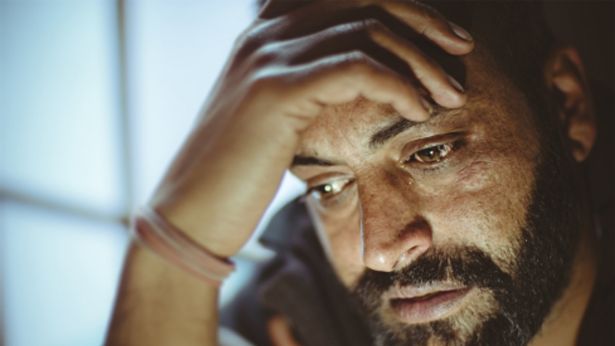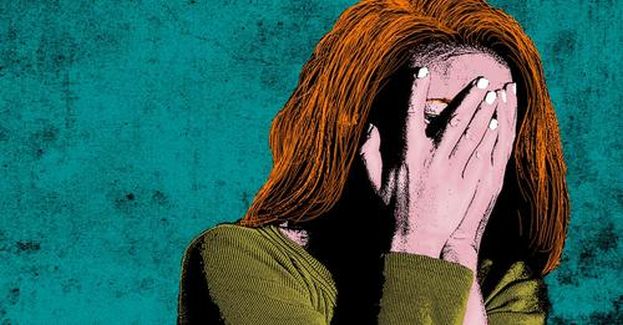
U.S. States with the highest percentages of adults suffering with mental health issues

Knowledge and awareness of mental health issues and how to treat them has grown over the last decade. With new research into depression, anxiety, and other issues, a more complete picture of how the U.S. is affected by these issues can be found. Experts at Addiction Treatment Magazine have analyzed CDC data on the percentage of adults experiencing mental health issues in each state in 2022 and 2023, calculated the percentage increase, and then ranked them from highest to lowest.
Nationally, the rate of mental health issues among adults in the U.S in 2023 is 26%. One in five people in the U.S. experience mental illness each year, and one in twenty experience severe mental illness.
Idaho ranks as the state with the highest increase with 29.40% of adults reporting they had experienced some form of mental health issue. This is a 1.79% increase over 2022. According to a National Alliance on Mental Health (NAMI) report in 2021, people in Idaho are 1.5 times more likely to seek help from an out-of-network specialist.
Ohio is second with a 1.59% increase from 27.66% in 2022 to 29.25% in 2023. NAMI reported that of the adult population who needed mental health care in Ohio, nearly 30% did not receive it due to costs.
Georgia ranks third with a 1.50% increase from 2022 to 2023. The average percentage of adults with mental health issues in 2023 is 29.45%. In 2021, it was reported that over four million people in Georgia lived in communities that did not have enough mental health care professionals.
Iowa is fourth on the list with 26.38% of adults reporting mental health issues in 2023. This is an increase of 0.79% over 2022. A report from NAMI stated that there were 490 suicides in Iowa in 2021.
Tennessee ranks fifth with 30.55% of its adult population reporting mental health issues. Compared to 2022, this is a 0.68% increase. Residents in Tennessee are a staggering six times more likely to seek an out-of-network provider for mental health services according to a study by NAMI.
| State | 2022 Average % | 2023 Average % | Difference (%) |
| Idaho | 27.61 | 29.40 | 1.79 |
| Ohio | 27.66 | 29.25 | 1.59 |
| Georgia | 27.95 | 29.45 | 1.50 |
| Iowa | 25.58 | 26.38 | 0.79 |
| Tennessee | 29.87 | 30.55 | 0.68 |
| Alabama | 36.13 | 36.69 | 0.56 |
| Wyoming | 28.12 | 28.66 | 0.54 |
| Florida | 28.52 | 29.00 | 0.48 |
| South Carolina | 27.68 | 28.13 | 0.44 |
| West Virginia | 32.21 | 32.53 | 0.32 |
| Washington | 27.85 | 28.05 | 0.20 |
| Colorado | 28.08 | 28.18 | 0.10 |
| Michigan | 27.25 | 27.26 | 0.02 |
Alabama has0.56% increase from 2022, with 36.69% of adults reporting mental health issues. This is closely followed by Wyoming with a 0.54% increase in the rate of mental health issues from 28.12% in 2022, to 28.66% in 2023.
Florida ranks eighth with 29% of adults reporting mental health issues, followed by South Carolina in ninth with 28.13% These are increases of 0.48% and 0.44% respectively.
West Virginia is in tenth place with a 0.32% increase in reports of mental health issues from 32.21% to 32.52% in 2023.
Closing the list is Washington with 0.20% increase to 28.05%, Colorado with 0.10% to 28.18% and Michigan with the lowest increase of 0.02% to 27.26%.
One of the largest barriers to mental health treatment is the lack of providers and the cost of treatment. One in five people in the U.S. experience mental illness each year and one in twenty experience severe mental illness.
A spokesperson from Addiction Treatment Magazine commented:
“Good mental health and wellbeing is essential in today’s world but can be a challenge to support. Longer working hours, financial strain, and dependence on mobile phones all contribute to anxiety and depression.
“Addiction and depression often occur together. They’re closely linked not only because of their tendency to co-occur (that the presence of these conditions can lead to–or worsen–the other condition) but because they share many common risk factors, such as genetics, stress, and trauma. Additionally, both addiction and depression affect the brain in similar ways and cause overlapping changes in neurotransmitters and neural pathways.
“Therapy and medication can be expensive, so it is essential to consider other avenues when preventing and treating mental health. Natural spaces such as parks along with walking trails or other exercise, boosts serotonin, which is a chemical that improves mood. States with lots of open spaces and natural beauty have seen a smaller increase in mental health issues compared to built-up areas.
“Also, having a solid support system can be an important coping mechanism for depression. Talking to friends and family about your feelings can help reduce feelings of isolation and loneliness and provide you with a sense of validation and understanding. Additionally, joining a support group can provide a sense of community and connection with others experiencing similar struggles.”
–
(Sources: CDC Pulse Survey, and, Addiction Treatment Magazine)
(Cover photo, Image credit: Twitter)
Posted by Richard Webster, Ace News Today
Follow Richard on Facebook, Twitter & Instagram






